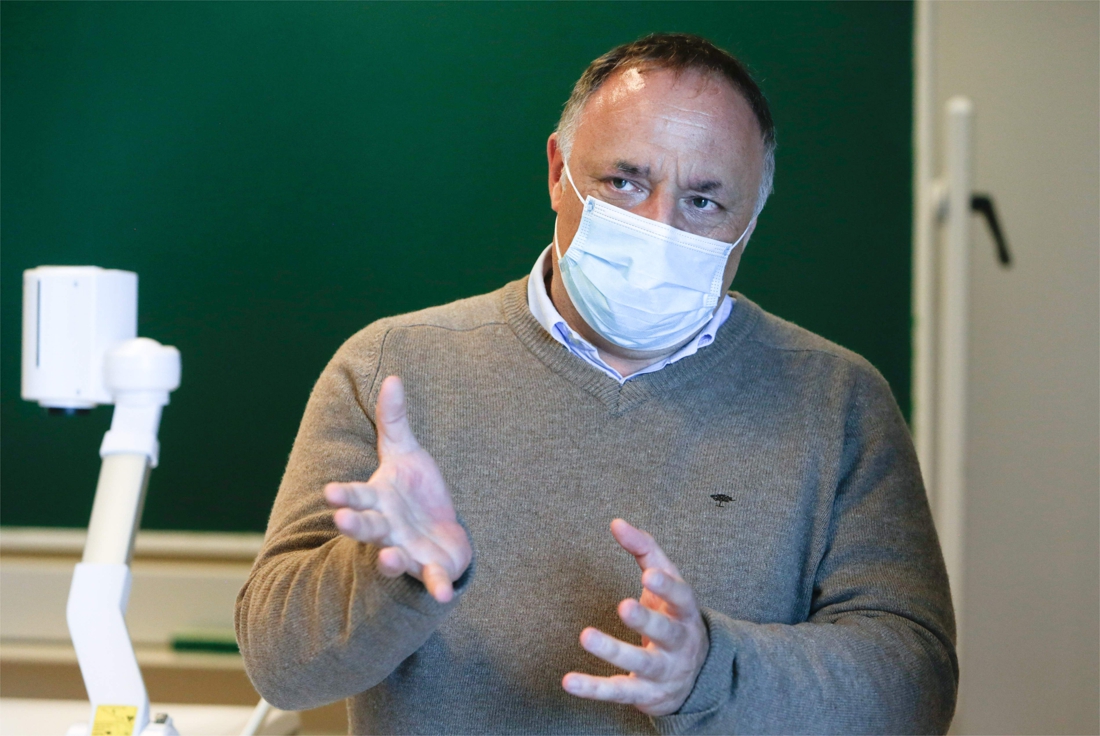Yes, the virologists are satisfied with the new government measures. This is actually a lockdown, says Marc Van Ranst, who asks again to stay in our room and to limit the number of contacts.
–
Van Ranst is satisfied with the new measures taken by the federal government to slow down the corona virus, he said this morning on Radio 1. ‘These are strict measures, but we have also learned from the first lockdown. That way, the parks remain open. ‘
Furthermore, there will be no checks for non-essential movements. The police will not stop anyone by asking ‘where are we going?’. There was a lot of criticism about this during the first lockdown.
But Van Ranst reiterates that it remains the intention not to make non-essential movements. “The message remains: ‘stay in your room,’ ‘he said on Radio 1.
Cuddle contact is not an obligation
Van Ranst believes that limiting contacts at home is the most important. ‘Everything stands or falls with it. The number of contacts at home must be reduced. ‘ Still, one hug contact is allowed per family member. Too much? ‘It is a trade-off between taking a strong measure and ensuring that people do not languish from loneliness.’ But, says Van Ranst, those hugging contacts are not an obligation of course. If you don’t need it, then don’t.
The stricter measures are necessary, the virologist repeats. ‘Perhaps it is still too early to see the full effect of the previous measures. But the first figures certainly do not indicate a weakening of the virus. ‘ Why the lockdown has not come sooner? ‘The population was not ready for it yet,’ says Van Ranst.
Hopeful
In To the point Biostatistician Niel Hens was hopeful on Friday evening. If we monitor the new measures closely, we can get the new corona crisis under control faster than in the spring, he said. The reason: after the first wave, a number of people were infected and they may be immune to the virus. “It’s not about large numbers,” said Hens. But that can still ensure that we can reduce the reproduction rate (how many people infected one carrier of the virus) more than at the previous peak. We may already see a signal ‘early next week’, says Hens.
In the first wave there were 10,000 victims. Hens expects it to happen again with the second wave. “10,000 can be a realistic figure, maybe even more”, it sounds. That depends on several factors. For example, there is better treatment, but at the same time the care is under pressure.
– .


